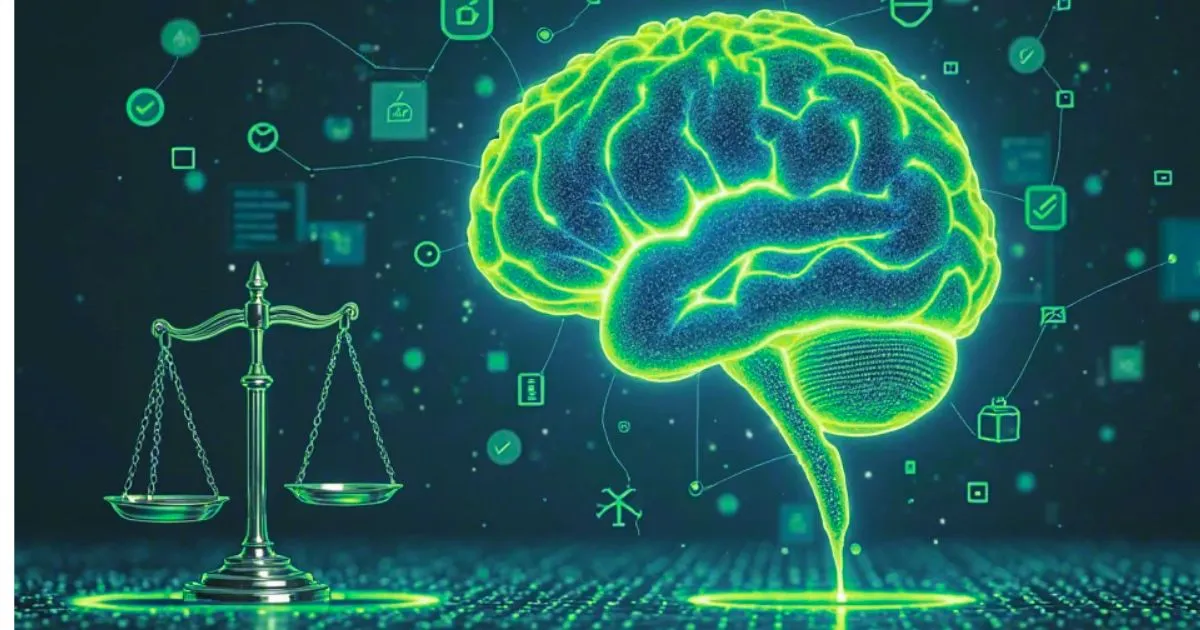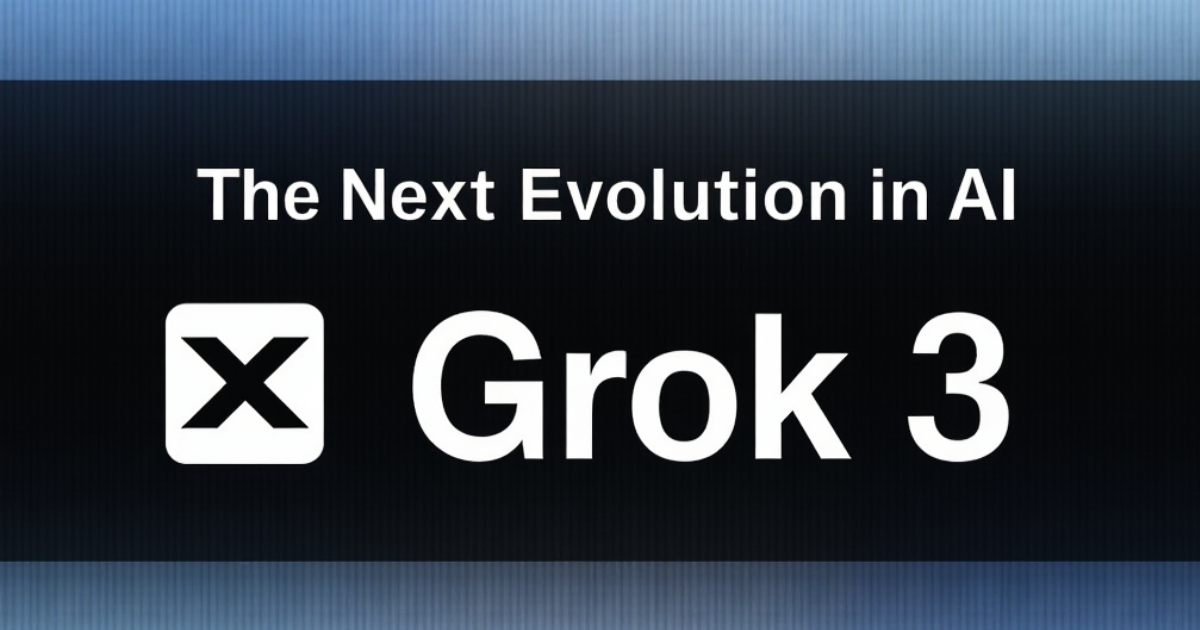Implementing ML in Compliance : Streamlining Compliance with AI and ML
In today’s fast-evolving regulatory environment, staying ahead of compliance requirements is no easy feat. You’re likely familiar with the mounting challenges organizations face as rules become more complex and enforcement more rigorous. Fortunately, advancements in Artificial Intelligence (AI) and Machine Learning (ML) are transforming how you manage compliance, making processes smarter, faster, and more efficient.
In this article, you’ll discover how leveraging AI and ML can streamline your compliance efforts, reduce risks, and keep you aligned with ever-changing regulations. We’ll explore the technologies behind these innovations, real-world applications, and practical strategies to future-proof your compliance framework.
How Can Artificial Intelligence Be Used in Compliance?
Artificial Intelligence (AI) can be used in compliance to automate monitoring, detect anomalies, ensure regulatory adherence, and reduce human error. From real-time transaction analysis to policy enforcement, AI helps organizations stay ahead of regulatory changes and mitigate risk efficiently.
What Is Machine Learning in Compliance
Machine Learning (ML) in compliance refers to using algorithms that learn from data to identify patterns, flag suspicious behavior, and predict compliance breaches. ML models can continuously improve over time, making compliance systems smarter and more adaptive to evolving regulations.
How Do You Implement AI and Machine Learning in Compliance Processes?
Implementing AI and ML in compliance involves several steps:
Define objectives – Identify the compliance challenges to address.
Data collection & preparation – Gather quality data from relevant sources.
Model development – Train ML models tailored to specific compliance tasks.
Integration – Embed AI/ML tools into your existing systems.
Testing and validation – Ensure accuracy and compliance with legal standards.
Monitoring and updating – Continuously refine models for performance and compliance.
How Can Automation and AI Improve Productivity and Efficiency?
Automation and AI streamline repetitive and time-consuming tasks, allowing employees to focus on higher-value activities. In areas like compliance, customer service, and operations, AI can process large data sets, generate insights, and trigger automated actions—boosting overall productivity and efficiency across the organization.
Step-by-Step: Implementing ML in Compliance
1. The Growing Need for AI and ML in Compliance

Challenges of Traditional Compliance Processes
If you’ve ever managed compliance manually, you know the frustration: mountains of paperwork, repetitive data entry, and slow turnaround times. Traditional compliance frameworks rely heavily on human oversight, which leaves room for error and inconsistency. This approach can slow your response to regulatory updates and increase operational costs.
How Regulatory Complexity Drives Adoption of AI
The regulatory landscape isn’t static; it’s continually evolving with new laws, guidelines, and reporting standards. This complexity demands faster and more accurate compliance solutions. AI and ML bring dynamic adaptability to compliance management — they analyze vast amounts of data in real-time, enabling you to detect anomalies and adjust to new regulations swiftly.
Overview of AI and ML Technologies in Regulatory Context
Artificial Intelligence refers to machines designed to simulate human intelligence, including reasoning and learning. Machine Learning, a subset of AI, involves algorithms that improve through experience without explicit programming. Together, these technologies empower you to automate routine compliance tasks, predict risks, and generate actionable insights.

Benefits of Automating Compliance Tasks
By automating compliance with AI and ML, you can:
- Reduce manual errors and improve data accuracy
- Speed up compliance reporting and auditing
- Lower operational costs related to regulatory activities
- Enhance risk detection and mitigation
- Free up your team to focus on strategic initiatives
2. Key AI and ML Technologies Powering Compliance Automation
Machine Learning Algorithms for Risk Detection
Machine learning algorithms excel at identifying patterns that may indicate risk or fraud. For you, this means the ability to scan large data sets quickly and flag suspicious activities that might otherwise go unnoticed, improving your risk management capabilities.
Natural Language Processing (NLP) for Regulatory Analysis
Regulations often come in dense, complex documents. NLP enables AI systems to read, interpret, and summarize these texts for you. This means faster understanding of new rules and quicker updates to your compliance protocols without waiting for manual review.
Predictive Analytics in Compliance Monitoring
Using historical data and trends, predictive analytics helps forecast potential compliance breaches before they occur. You can proactively address vulnerabilities, making compliance not just reactive but forward-looking.
Robotic Process Automation (RPA) and AI Integration
RPA automates repetitive tasks such as data entry, validation, and report generation. When combined with AI’s analytical power, you gain a robust system that handles both routine tasks and complex decision-making, greatly improving your compliance efficiency.
3. Real-World Applications of AI in Compliance Management
Automated Compliance Monitoring and Reporting
Imagine a system that continuously monitors transactions, flagging any that deviate from compliance rules instantly. AI-powered compliance monitoring provides real-time insights, so you can respond promptly rather than waiting for quarterly audits.
Fraud Detection and Prevention Using AI
Fraudulent activities can be sophisticated and subtle. AI models learn from patterns of past fraud, enabling you to detect anomalies in real time. This proactive approach helps you minimize financial losses and reputational damage.
Enhancing Audit Processes with Machine Learning
Audits traditionally require significant manual effort. Machine learning streamlines this by automatically identifying risk areas, prioritizing audit targets, and even predicting compliance gaps, allowing you to conduct more focused and efficient audits.
Case Studies of Successful RegTech Implementations
Leading companies across the banking, insurance, and healthcare sectors have embraced RegTech platforms powered by AI and ML. For instance, some financial institutions reduced compliance costs by 30% while improving detection rates for suspicious activities, showcasing the tangible benefits awaiting your organization.
4. Navigating Regulatory and Data Privacy Challenges
Compliance with Data Privacy Laws (GDPR, CCPA)
With AI handling sensitive information, it’s critical to maintain compliance with data privacy regulations such as GDPR and CCPA. You must ensure that your AI systems process data ethically and securely, respecting user consent and data minimization principles.
Ensuring AI Models Meet Regulatory Standards
AI models can be complex and opaque, which raises concerns about accountability and fairness. You’ll need to implement transparent AI systems that allow for explainability, so regulators and stakeholders can trust the outcomes.
Ethical Considerations in AI-Driven Compliance
Beyond legal requirements, ethical AI use is essential. You should actively monitor your AI’s decisions to prevent bias, discrimination, and unintended consequences, aligning with best practices for responsible technology deployment.
Overcoming Integration Hurdles with Legacy Systems
Many organizations struggle to integrate AI solutions with their existing legacy infrastructure. You’ll want to plan carefully, choosing scalable platforms and ensuring your IT environment supports seamless data flow between systems for optimal compliance management.
5. The Future of Compliance: Trends and Opportunities with AI and ML
Emerging AI Innovations in RegTech
AI continues to evolve rapidly. Emerging technologies like reinforcement learning, explainable AI, and advanced neural networks promise even greater precision in regulatory compliance, offering you innovative tools to stay ahead.
The Role of Real-Time Compliance and Continuous Monitoring
Moving from periodic checks to continuous compliance monitoring enables you to catch risks as they develop. This shift, powered by AI, will transform your ability to maintain regulatory alignment effortlessly.
How Predictive Compliance Will Transform Risk Management
Predictive compliance leverages AI to not only detect but anticipate regulatory challenges. By harnessing predictive insights, you can adopt a proactive stance, mitigating risks before they escalate.
Preparing Your Organization for AI-Driven Compliance Success
To succeed in this AI-driven landscape, invest in upskilling your workforce, fostering a culture of innovation, and selecting flexible technology partners. Your readiness to adapt will determine your competitive edge in compliance management.
Embrace the AI and ML Advantage for Compliance Excellence
You’re at a pivotal moment where integrating AI and ML into compliance isn’t just an option—it’s a necessity. By streamlining your compliance processes through intelligent automation, you reduce risks, cut costs, and gain valuable strategic insights.
Take the first step today by assessing your current compliance framework and identifying AI and ML adoption opportunities. Engage with trusted RegTech providers, and commit to continuous learning within your team to fully harness these powerful technologies.
Ready to transform your compliance approach? Start exploring AI-powered solutions now and future-proof your organization against regulatory complexities.
China’s Humanoid Robot Masterpiece
Sparrow Golf App 2025: The Secret “Recipe” To Perfecting Your Swing With AI



